How persistent worrying might cause the blues
When individuals with autism see themselves as impaired and get stuck on those thoughts, they may become and stay depressed, says Katherine Gotham.
Expert opinions on trends and controversies in autism research.

When individuals with autism see themselves as impaired and get stuck on those thoughts, they may become and stay depressed, says Katherine Gotham.

There are no available medications for treating autism’s core symptoms, but there are several candidates in clinical trials. Jeremy Veenstra-VanderWeele describes the factors researchers must take into account when developing drugs for the disorder.

Chris Gunter and Daniel MacArthur discuss guidelines for assessing the evidence that a genetic variant causes autism or another disorder.
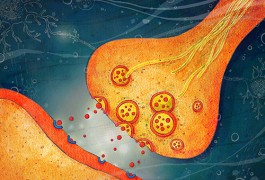
Autism, schizophrenia and intellectual disability share underlying deficits in pathways that regulate how the brain encodes new experiences, says Jason Shepherd.
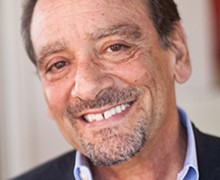
In the past few years, several studies have implicated fathers’ age more strongly than mothers’ in increasing autism risk. Although older fathers have more spontaneous mutations in their sperm than younger fathers do, no one has shown that these accumulating mutations contribute to autism risk in their children, argues Daniel Weinberger.
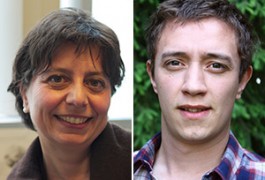
The common belief that people with autism look at people’s mouths instead of their eyes is inaccurate and has little evidence, say Nouchine Hadjikhani and Quentin Guillon.
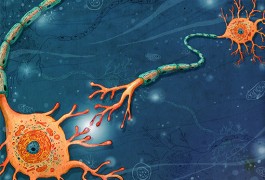
Proteins that help guide neurons to their correct destination in the brain may be involved in autism, says Christopher Cowan.
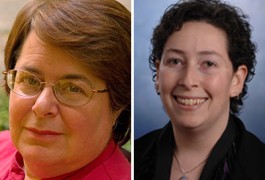
A Norwegian study published in February suggested that the Modified Checklist for Autism in Toddlers fails to detect many cases of autism at 18 months of age. The creators of the test explain why there’s more to the story.
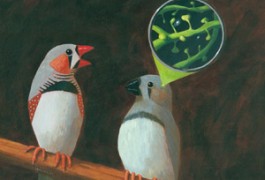
To understand the role of FOXP2, a gene that links autism and language, researchers should look at its partner genes and at language models such as songbirds, say Genevieve Konopka and Todd Roberts.
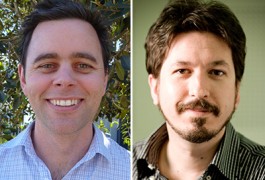
The best predictors of treatment outcomes for children with autism may be subtle learning characteristics that are not specific to children with the disorder, rather than the symptoms that led to their diagnosis, say David Trembath and Giacomo Vivanti.






